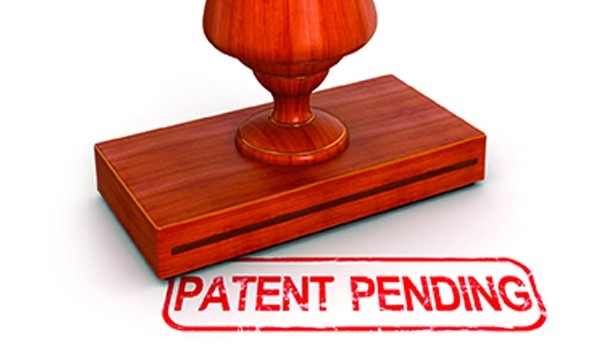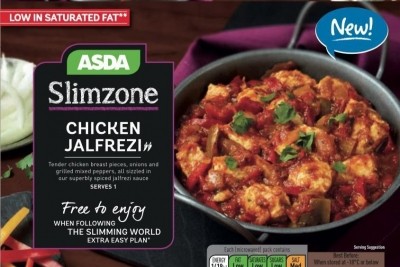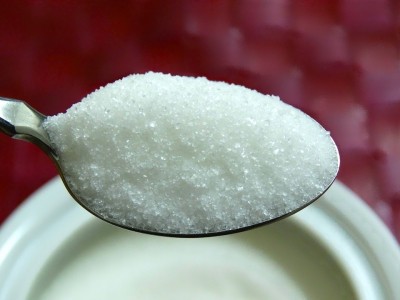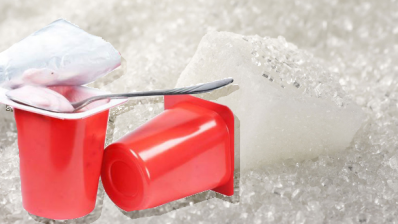IP rights can become a ‘weapon’ in sugar war

Firms that change their manufacturing processes in a “novel” way, such as by replacing or reducing sugar volume with coconut sugar or sweeteners, may be able to obtain exclusivity over that change through patent protection, according to Edward Carstairs, trade mark attorney at Gill Jennings & Every.
Similarly, companies that develop new and innovative ingredients to add to a food or drink product, such as new sweetener or flavour modification compounds, can also benefit from patent protections, he said.
However, Carstairs cautioned that there would also be “very real clearance and freedom to operate challenges”, not only for new brands but also new recipes, as they navigate third-party trade mark registrations and patents.
“With consumer and regulatory attention increasingly turning to the amount of sugar contained in food and drink, manufacturers are facing new challenges,” he said.
‘Replace or reduce sugar volume’
“They have a number of ways to respond. Some might replace or reduce sugar volume with coconut sugar or sweeteners. Others will introduce new ‘lite’ brands, typically marketed with different branding.
“Whatever the change, manufacturers must reconcile consumer demand with the legislative requirements for packaging and labelling.”
While there were risks to reformulation, Carstairs believed there were new opportunities too.
“If a company’s research and development department was to come up with a way to replace sugar, then that could form part of an extremely valuable technology that could be monetised, such as through patent licensing.
‘Brand name is protected’
“Likewise, ensuring that the brand name is protected for the new product means it is possible to prevent competitors adopting a confusingly similar name.”
One of the challenges, Carstairs stressed, was that there must be open and regular dialogue between the marketing and legal teams, as IP rights continued to be created as a result of new products and improvements and modifications to established brands.
“Freedom to operate searches is crucial. Is the chosen brand name available to use, or is there a third party with a conflicting right? Is the new brand name registrable as a trade mark?” he said.
“If the shape or pattern of the packaging is an important part of the brand identity, then design protection is recommended.
“Police your rights – keep an eye on competitors and take necessary action to strengthen your position in the market,” Carstairs advised.















